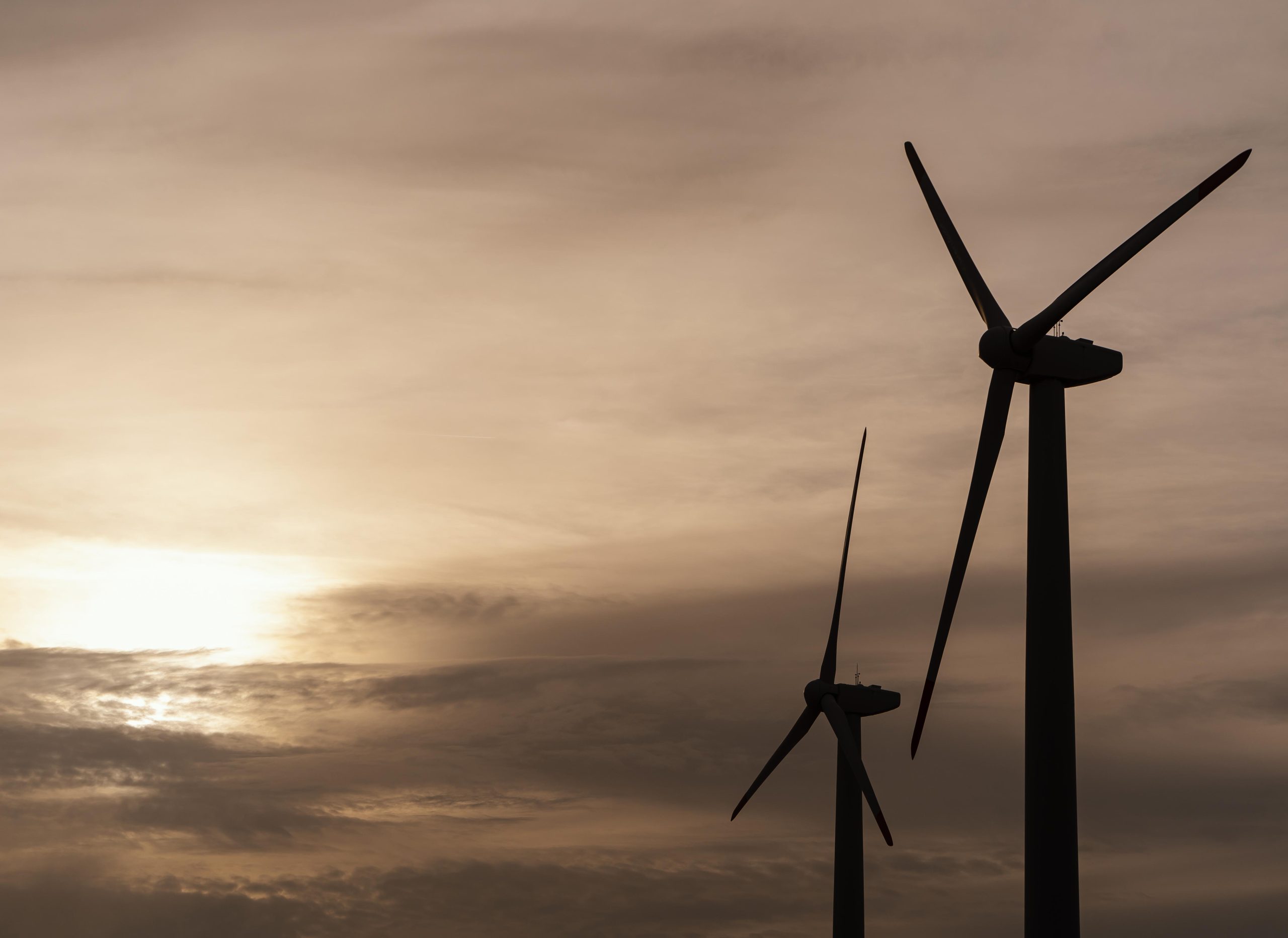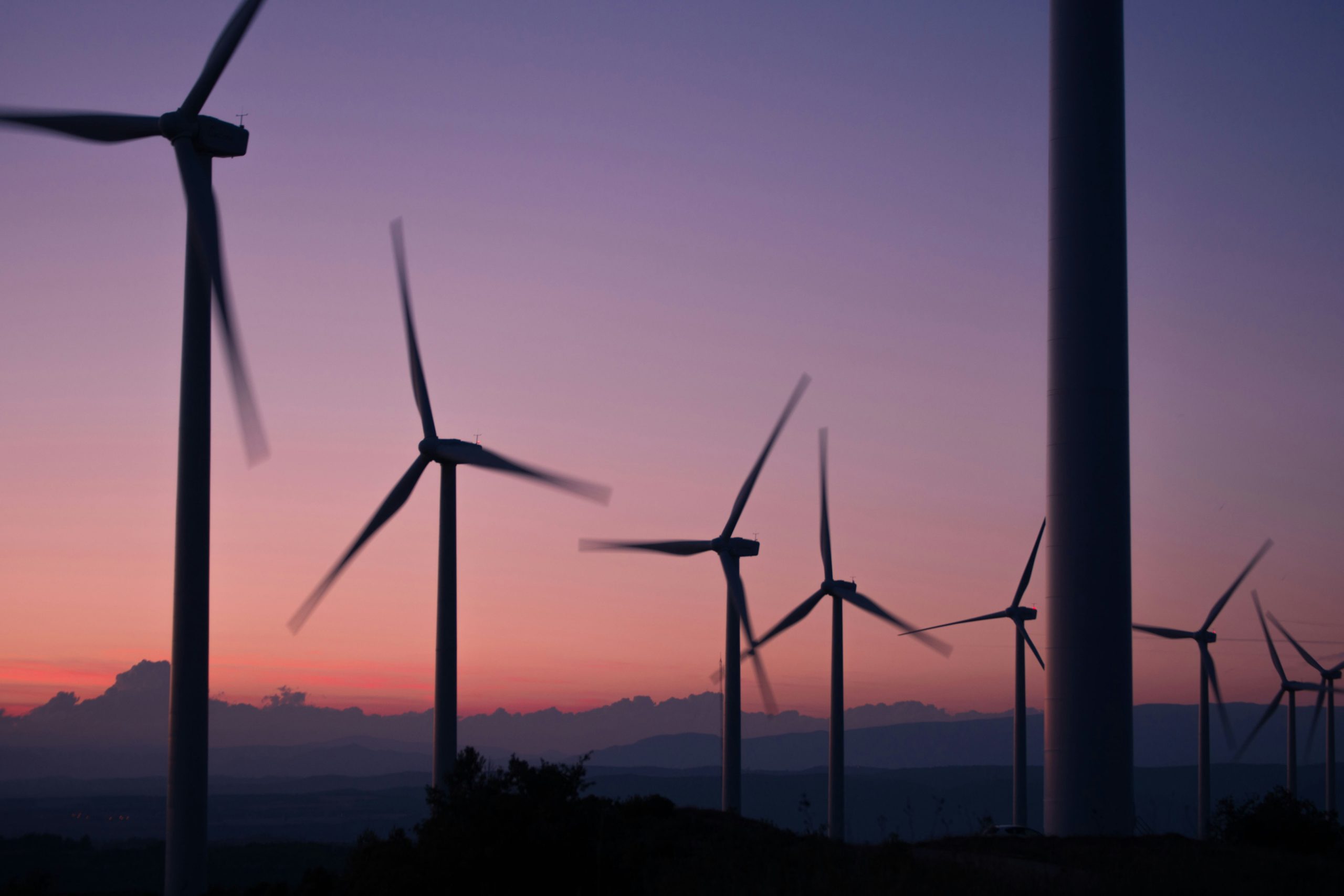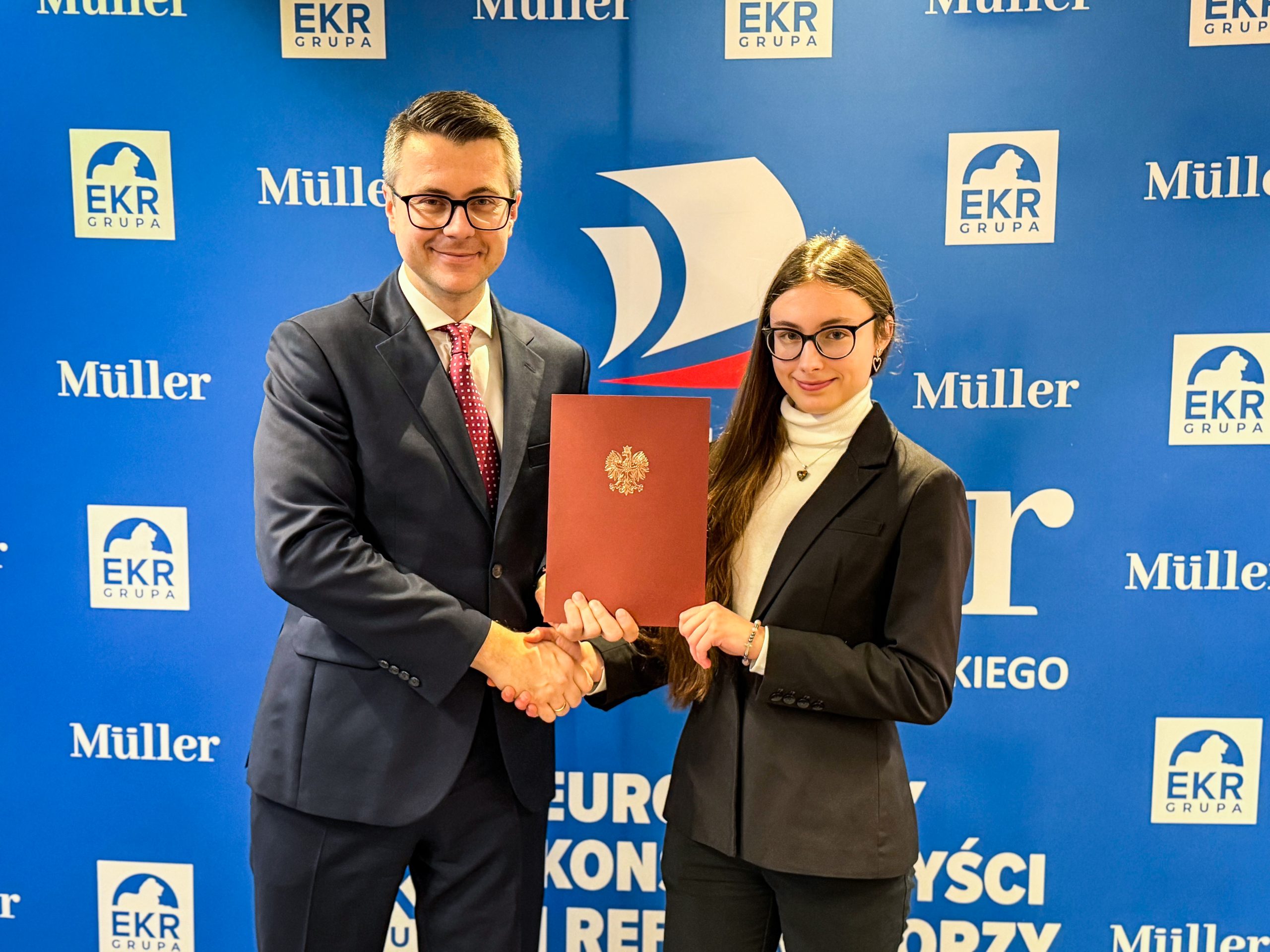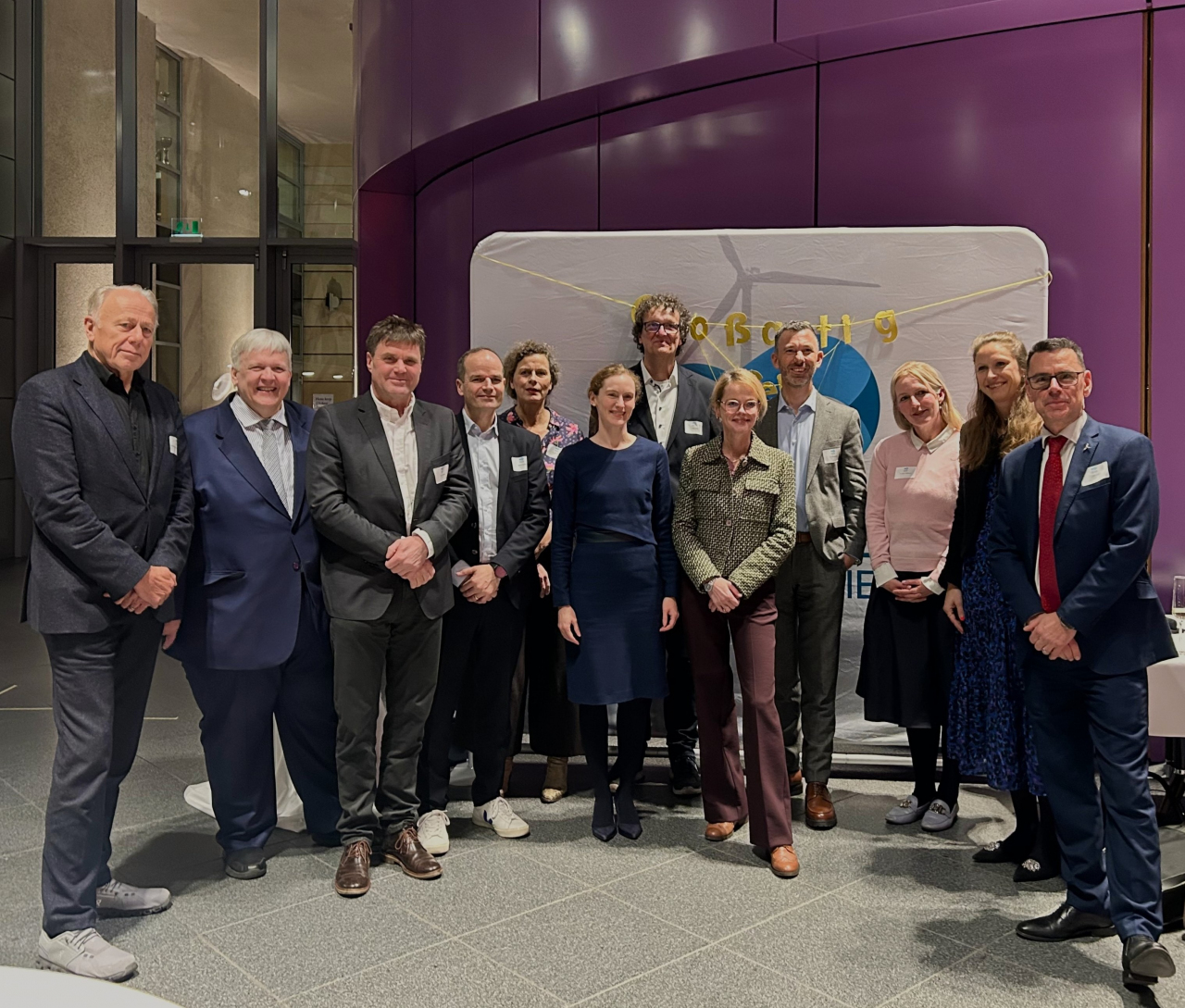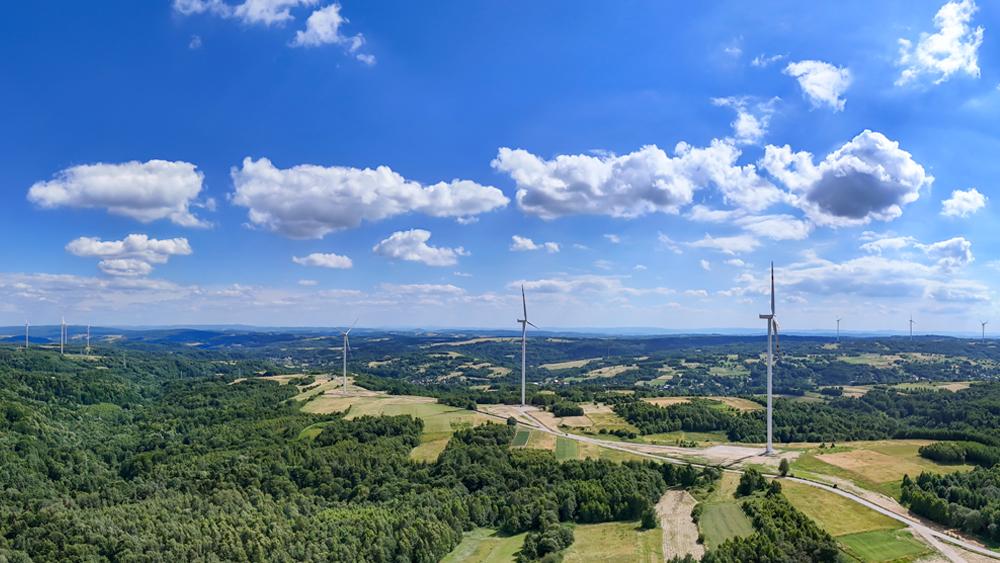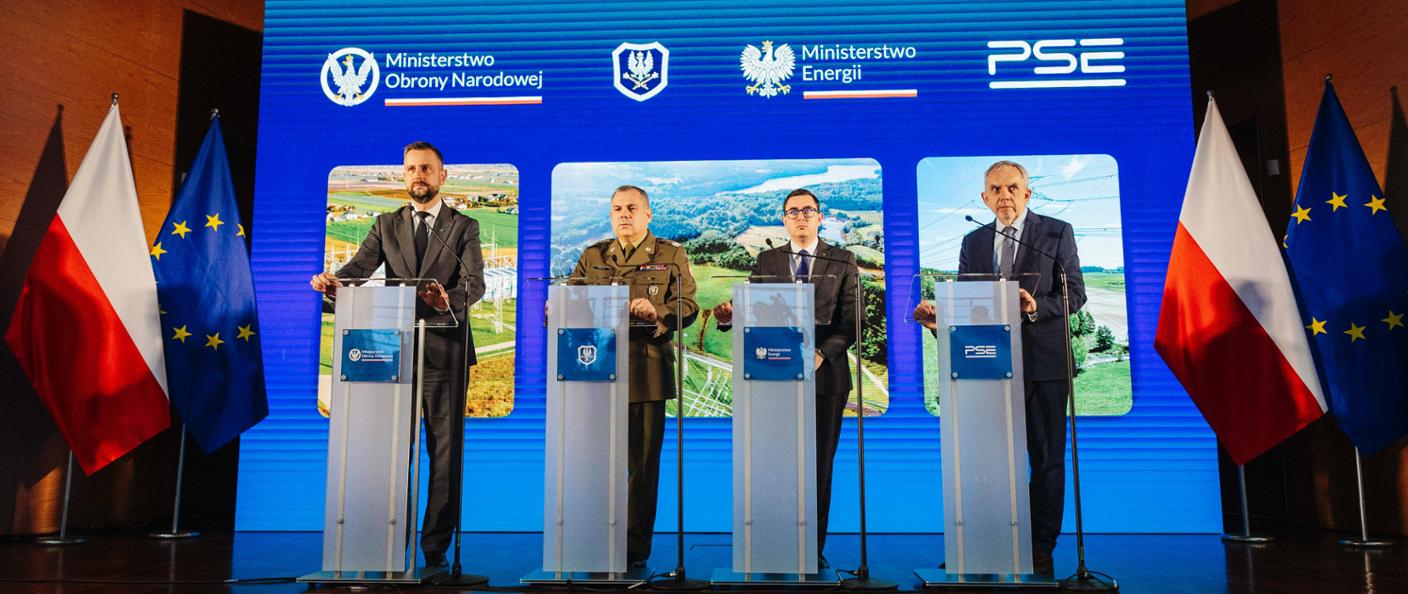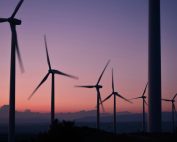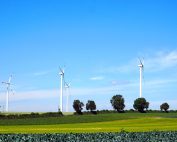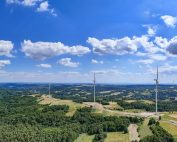Sweden is facing a gigantic challenge if we are to cope with the industry’s climate transition and competitiveness, pressure the price of electricity and contribute to making Europe independent of Russian energy. Therefore, the government should not introduce new obstacles for wind power, writes Swedish Wind Energy Association’s CEO Daniel Badman on August 16 on NyTeknik Debatt.
The UN climate panel has shown that continued expansion of wind and solar power until the year 2030 can reduce the world’s emissions of greenhouse gases by approximately 17 percent, corresponding to the combined climate impact of all of Europe. The Swedish Environmental Protection Agency emphasizes in its documentation for the government’s climate action plan that a rapid expansion of wind power is required in order for Sweden to be able to reach its climate goals.
Prime Minister Ulf Kristersson points out that we must double fossil-free electricity production until 2045, while the co-operation of Swedish Energy Intensive Industries SKGS states that the industry’s electricity demand will increase sharply already by 2030. Electricity production needs to increase by roughly 10 TWh a year for the next eight years to correspond to the increased electricity demand.
It is very welcome that the four party leaders for the government documents recently called on the electricity market’s players to come up with concrete proposals regarding, among other things, a rapid expansion of fossil-free electricity production. However, it was surprising that onshore wind power – the power that can contribute the most, expand rapidly and enable electrification by 2030 – was not even mentioned among the 11 proposals put forward by the parties to increase investment in electricity grids and electricity generation.
We have never before produced as much electricity as now, thanks to the expansion of wind power. In the short term, the expansion will continue. Onshore wind power is expected to increase by an average of just over 6 TWh a year until 2025. This is a record-breaking expansion, but still corresponds to only half the annual expansion need of fossil-free electricity production until 2030. And in addition, expansion on land, where it is possible to build the fastest, is stalling , unless municipalities approve more wind power projects and these are subsequently granted a final permit.
Ulf Kristersson stated in the government statement that Sweden’s international competitiveness is based on good access to affordable energy. For companies that conduct energy-intensive operations in a global market, wind power is a crucial part of the solution.
Nevertheless , the government prevented the so-called Incentive investigation from proposing a state compensation to the municipalities for wind power expansion. That the municipalities should receive compensation when they approve new electricity production is fundamentally very positive, and probably a prerequisite for continued rapid expansion. But it is crucial for society as a whole that we succeed in expanding electricity production, and therefore it is reasonable that it is the state, not individual companies, that replaces the municipalities that make this possible.
An additional compensation requirement on the wind power companies would delay and make the necessary conversion more expensive and in practice correspond to the previously criticized “power tax” for nuclear power. It would also increase uncertainty for investors, as such a fee or tax could be increased at any time.
Never before has there been so much interest from the business community in investing in wind power, and it happens completely without subsidies. At the same time, it has never been so difficult to get a permit for wind power expansion.
In the Tidö agreement it is stated that “all new electricity production that strengthens the power system, and that contributes to a rapid expansion of the power system, is needed”. We therefore propose that the government introduce state, long-term and technology-neutral incentives to the municipalities that encourage new electricity production – regardless of whether it is nuclear power or wind power.
But it’s not enough. The government should also:
- Establish a concrete goal of 250 TWh of fossil-free electricity production in 2030, which corresponds to an increase of roughly 10 TWh per year for the next eight years. Follow the proposal from the Energy Agency and the Environmental Protection Agency to give the county administrations the task of, together with the municipalities, identifying suitable areas for wind power.
- Implement the authority’s proposal for an earlier, binding, municipal decision on authorization and reintroduce the previous coalition government’s support for the municipalities’ wind power planning, so that the decisions can be based on updated wind power plans.
- Act quickly to solve the problem with wind power’s so-called obstacle lighting, which can be perceived as disturbing in the landscape.
- Amend the environmental code as quickly as possible, so that applications for electricity grids, wind power and other electricity production are decided based on the principle that “the environmental code must be applied so that climate change is minimized”.
It has never before been so urgent and urgent to expand electricity production, both in view of the climate crisis, the financing of Russia’s war through energy imports, high electricity prices and the need for cheap electricity to cope with Sweden’s competitiveness. Never before has there been so much interest from the business community in investing in wind power, and it happens completely without subsidies. At the same time, it has never been so difficult to get a permit for wind power expansion.
Now Energy and Nutrition Minister Ebba Busch, Climate and Environment Minister Romina Pourmokhtari and the rest of the government must enable the climate transition and allow all fossil-free power types to compete on equal and technology-neutral terms.
Daniel Badman , CEO Swedish Wind Energy Association
Anders Wijkman , chairman of the network Vindkraftens klimatnytta
Johanna Bohn , CEO WPD
Maria Röske , CEO of Bayware
Peter Zachrisson , CEO of SR Energy
Source: Swedish Wind Energy Association
